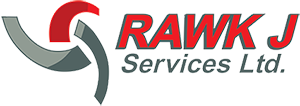Mold Testing & Removal
Professional testing and removal to locate, capture, and eliminate mold.
- Guaranteed Excellence
- 24/7 Availability
- Always Free Estimates
- Serving Red Deer and Surrounding Areas
Send Us a Message
What Is Mold?
Mold is a term used to refer to fungi that grow in the form of multicellular thread-like structures called hyphae. Mold can be found on the inside, as well as the outside, of your home.
Mold can grow as a result of flooding, sewage backups, roof leaks, plumbing leaks, damp basements, over flows from sinks, high humidity, steam from cooking, dryer vents, and humidifiers – any damp area.
If problems go undetected or are not restored immediately, mold growth can form and cause a multitude of damages.
Professional testing and removal to locate, capture, and eliminate mold.
- Guaranteed Excellence
- 24/7 Availability
- Always Free Estimates
- Serving Red Deer and Surrounding Areas
Committed to Honesty
How to Test for Mold
Our entire team is certified in mold remediation to help you the best we can. We offer a full range of laboratory testing to assess a wide variety of indoor pollutants and contaminants.
Inspectors come prepared to not only perform several different tests, they also bring a deep knowledge of indoor environmental hazards. This experience allows you to avoid the costly mistake of paying for lab testing you don’t need.
We can do a number of different tests including:
- Airborne Mold Testing – Spore trap analysis
- Allergen Screening, including dust mites, pollens, and dander
- Carpet Sampling
- VOC Testing (Volatile Organic Compounds)
- Particle Counting
- Direct Sampling – Tape lift & bulk samples
- Vapor Emissions Testing – Concrete
- Bacteria Testing
Our Process and Mandatory Regulations
Testing
Our expert inspectors follow all laws and guidelines to effectively test for microbial growth and mold spores.
HEPA Negative Pressure
HEPA-filtered machines remove mold spores from their air through the use of negative pressure airflow.
Antimocrobial Sealant
Certain materials are sealed with an antimicrobial sealant when they can't fully be remediated or removed.
Removals
It's necessary to replace materials like drywall and insulation when more than minimal mold growth is present, or to treat behind the materials.
Sanitizing
All mold from the air, surfaces, and ductwork must be completely eliminated to complete the mold remediation.
Drying
The excessive moisture issue will be addressed and the affected area dried with the use of dehumidifiers and fans.
Rawk J Services insists on using an Independent Third Party Air Monitoring consultant, during the asbestos abatement and mold remediation process.
Where Is Mold Usually Found?
Common places to test for mold are near sinks, walls where moisture may have seeped through from the outside (especially concrete walls), windowsills, and areas that have been exposed to flooding or other water damage. Areas that have not dried out within one day are likely to form mold.
One of the most common areas for mold growth is in basements. Be sure to check regularly behind baseboards, carpet padding, and carpeted edges – specifically areas adjacent to concrete walls, behind and under cabinets, and any other areas that could have had contact with water or moisture.
If you believe you have mold in your home, there are ways to clean it yourself, however, it is best to have it professionally removed and sanitized to ensure that the entire affected area has been identified, properly cleaned, and removed.
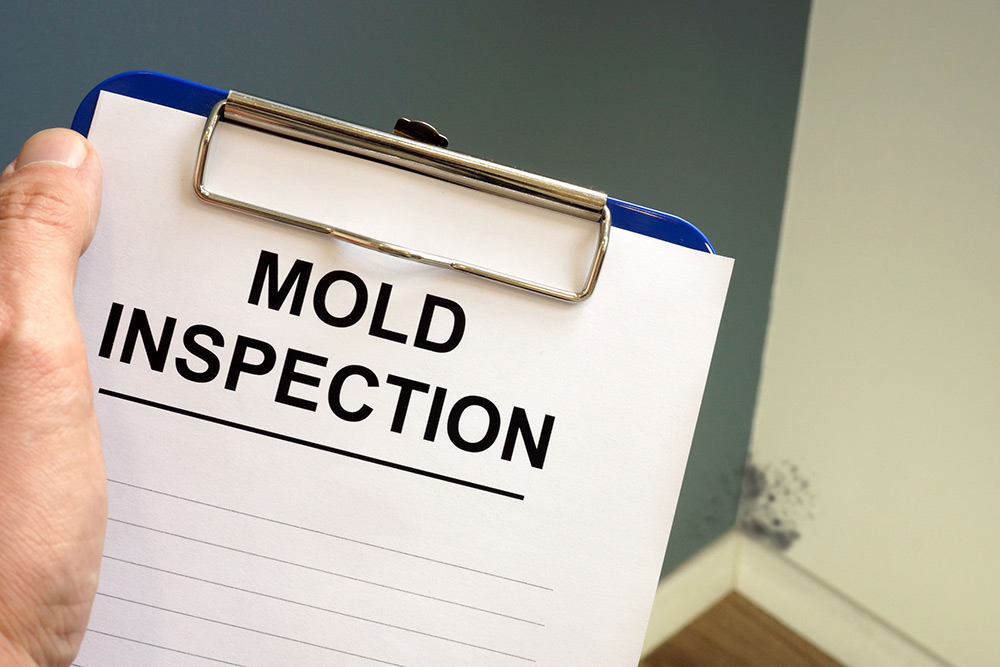
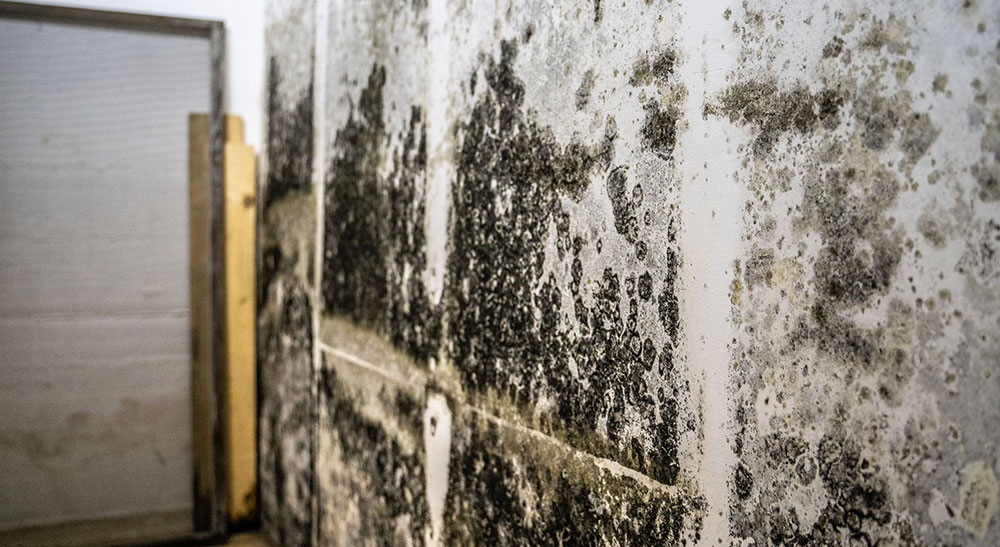
8. Preventive Measures: To prevent future mold growth, underlying moisture issues may need to be addressed, such as, repairing an external leak, improving ventilation, and maintaining proper humidity levels.
It’s important to note that mold remediation should be carried out by trained professionals with experience in handling mold removal safely. Depending on the size and complexity of the mold infestation, the specific steps and techniques used may vary, so it’s best to consult with a qualified mold remediation company to be completely informed.
How to Remove Mold
Mold remediation involves a series of steps to remove mold from a property. Here’s a general outline of the process:
1. Inspection: The first step is to assess the extent of the mold problem. This involves a thorough inspection of the affected areas to determine the type of mold, the extent of the growth, and the underlying cause of the mold (ex., water leaks, humidity).
2. Air Filtration: Air filtration devices equipped with HEPA filters need to be used to capture airborne mold spores and help stop them from spreading.
3. Containment: To prevent the spread of mold spores to unaffected areas, containment barriers should be established using plastic sheeting and negative air pressure machines.
4. Removal of Mold-Infested Materials: Porous materials like drywall, insulation, and carpeting that are extensively mold-infested have to be carefully removed and disposed of according to local regulations.
5. Sanitization: Non-porous surfaces should then be thoroughly cleaned using specialized cleaning agents designed to remove mold and its spores.
6. Drying: The affected areas must be dried using dehumidifiers and fans to get rid of excess moisture. This is crucial for preventing mold regrowth.
7. Post-Remediation Testing: Once the remediation is complete, the area needs to be re-tested to make sure all mold has been eliminated.
Other Services
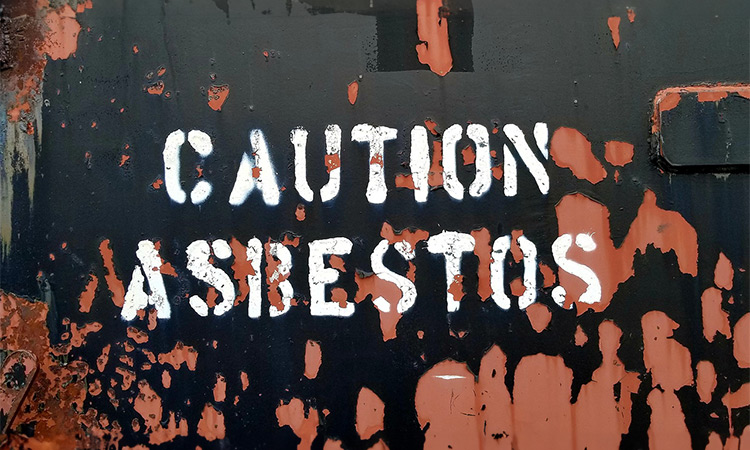
Asbestos Abatement
Our team of experienced professionals help you with asbestos testing and remediation. We're all completely certified ready to take care of everything.
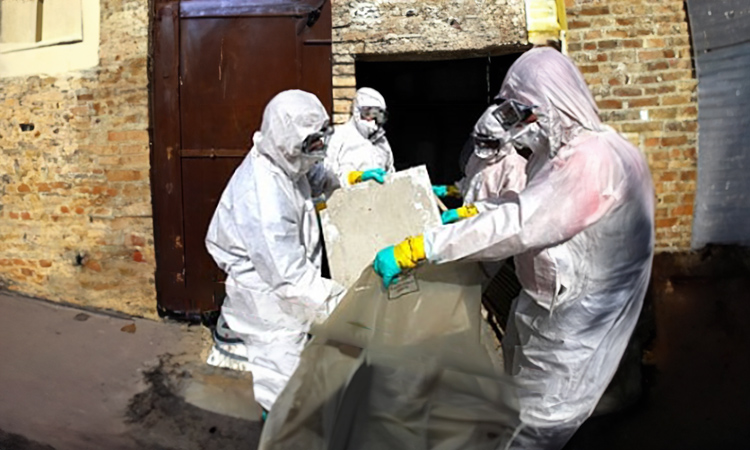
Hazardous Material Removal
We remove any materials that may be hazardous to you, furry friends, or the environment. Our refined process keeps everyone safe as possible while progressing at an efficient pace.
